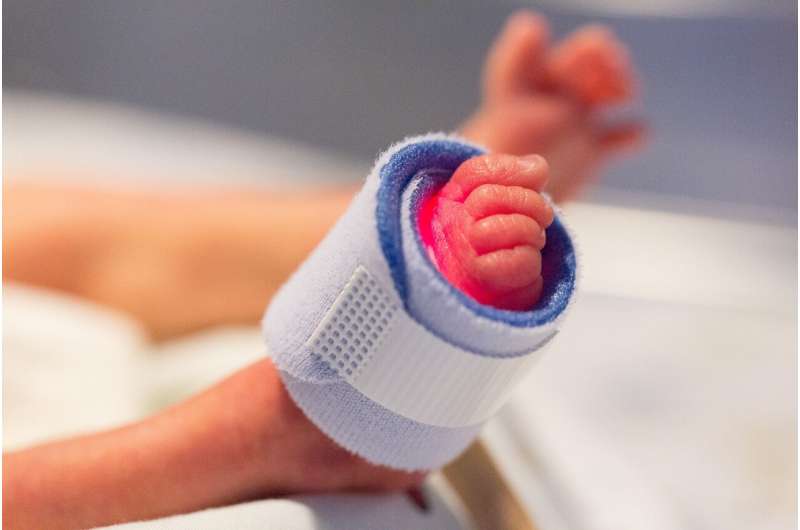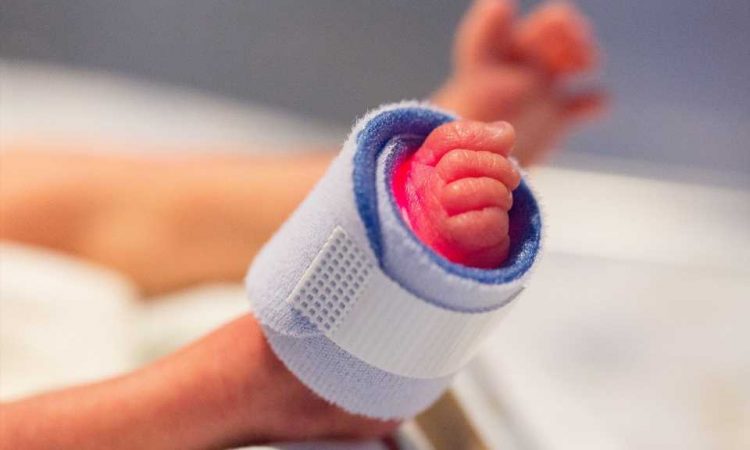
The number of very premature babies (22 weeks) given respiratory life support (survival-focused care) and/or admitted to neonatal units in England and Wales has increased 3-fold, following changes in 2019 to national guidance, finds research published in BMJ Medicine.
While the proportion of these babies surviving to discharge has also increased, overall survival remains low, and there are “major implications for additional resource needs,” highlight the researchers.
The updated national guidance from the British Association of Perinatal Medicine focuses on a risk-based approach, setting out various pregnancy and birth factors that should inform decision-making and parental discussions for premature babies, including those born at 22 weeks. But its impact on neonatal care provision hasn’t been evaluated.
The researchers therefore drew on retrospective data from two national datasets in England and Wales: MBRRACE-UK and the National Neonatal Research Database (NNRD) from January 2018 to December 2021.
Between them, these datasets include all live births from 22 weeks onwards; in England and Wales, data on those who die before, during, and within 28 days of birth; and details of care provision and outcomes up to NHS hospital discharge.
The researchers focused on survival to admission for neonatal care; length of neonatal unit stay in days; survival to discharge home or to other health care settings; and survival to discharge without major health issues, such as retinopathy (eye disease) of prematurity and severe brain injury.
Overall, 5,623 premature babies were born at 22–24 weeks, 1,604 of whom were stillborn. Of the 4,019 babies alive when care was started in labor, 1,001 (25%) were born at 22 weeks, 1,380 (34%) at 23 weeks, and 1,638 (41%) at 24 weeks.
Among those alive at the start of labor at 22 weeks, the number and percentage receiving respiratory life support tripled from 59 out of 524 (11%) in 2018–19 to 183 out of 477 (38%) in 2020–21.
Similarly, admissions to neonatal units for babies alive at the start of labor at 22 weeks rose from nearly 7.5% to just over 28% while survival to discharge from neonatal care rose from 2.5% (13 babies) to just over 8% (39).
The numbers of these babies admitted to neonatal care units who died before discharge also increased from 26 to 95.
This may be because the characteristics of those receiving respiratory life support changed between 2018–19 and 2020–21, with increases in smaller (weighing under 500g; 46% vs. 64%), and more immature (born in the earlier part of the 22nd week; 19% vs. 31%) babies, say the researchers.
The total number of care days provided to all babies born at 22 weeks increased, rising from 2,535 in 2018–19 (1,268/year) to 6,840 in 2020–21 (3,420/year).
This is an observational study, and the researchers acknowledge various limitations to their findings. For example, their definition of survival-focused care was mainly limited to provision of active respiratory care because this information was uniformly available. And they were only able to assess short term outcomes.
But they say, “Our analysis suggests that these rapid and substantial changes were associated with the introduction of the British Association of Perinatal Medicine guidance. Although the recommendation was intended to be risk-based, we speculate that on the contrary, approaches have moved from being selective to more widespread provisions of survival-focused care. This change would explain the increase in the proportion of babies at high risk who received survival-focused care.”
They conclude, “While survival for babies born at 22 weeks remains low, the numbers receiving survival-focused care and being admitted to neonatal units has tripled. Although this finding suggests that the total number of survivors has increased, this result also means that the number of babies who died after intensive care also increased.
“Maternity care was also affected because of likely increases in in-utero transfers (ie, moved to a specialist hospital before birth), as well as impacts on pediatric and educational services to provide for long term health and developmental needs. This change represents an important increase in workload and need for specialized health care and educational resources.”
As clinical experience caring for this vulnerable group of babies grows, more international research is needed to improve outcomes and identify early prognostic factors so that prolonged intensive care can be avoided for babies who are unlikely to survive, they add.
More information:
Effect of national guidance on survival for babies born at 22 weeks’ gestation in England and Wales: population based cohort study, BMJ Medicine (2023). DOI: 10.1136/bmjmed-2023-000579
Journal information:
BMJ Medicine
Source: Read Full Article
